Today, you will discover an incredible Disney project. So incredible that even in my dreams i would never have thought that WDI could have designed something like this. Really fascinating, as you will see.
EDITED: Please note that a new version of this Mark Hickson interview including pictures of the amazing model of the S.S Disney is available HERE
The project was called the “S.S Disney” and it’s Mark Hickson who managed the Imagineering development team 15 years ago. Mark started his career at WDI working on the Splash Mountain project for Disneyland, and then became part of the Tokyo Disneyland project office. Over a period of seven years Mark contributed to over 30 Disney projects that included TDL version of Splash Mountain, Toon Town, the new Spaceship Earth Show, the 3-D film "Honey, I Shrunk the Audience", EPCOT Interactive Fountain, Innoventions, etc. He also worked on other Disney projects like the Broadway Production of Beauty and the Beast, Disneyland's 35th Birthday and Tokyo Disneyland’s 5, 10 & 20 years Master Plan.
In 1993-1994, thanks to his shipbuilding and theme park master planning experience, Mark was asked to work on the “S.S Disney” project. The idea was to transform a super tanker - a huge ship that normally brings oil from the Middle East to other countries - into a “floating theme park”. No kidding! The idea seems unbelievable, a real floating “Disneyland”. I’m sure you’re dying to know more about it, so let’s begin Mark’s interview. For once I couldn’t post pictures of the incredible S.S Disney model , but you will be able to see them on Mark’s site, where you’ll find the links at the end of the interview.
Alain Littaye: How did this incredible idea of transforming a super tanker in a floating theme park began at WDI?
Mark Hickson: Back in the early 1990’s, at a fund-raising dinner Jim Cora, Chairman of Disneyland International, was sitting next to a U.S Navy Admiral. They were joking and the Admiral said “You know, I have an extra aircraft carrier, you have to put a theme park on top of it!” He was just kidding, but the idea enchanted Jim. The next day he asked his staff if there was somebody at Disney who knew anything about ships. Larry Fink, who worked with me on Disneyland’s Splash Mountain knew about my thirteen years shipbuilding experience and told Jim about me. Later he called me about the aircraft carrier idea. I told him that it would be more feasible to build it on another kind of ship, like a cruise liner, cargo ship, or oil tanker. If I remember correctly he then met with Michael Eisner and they agreed to ask Marty Sklar at WDI to do a study feasibility on this unique idea. That’s how everything started. Since I was the only one that had extensive shipbuilding experience I was charged to be the project manager and technical director for the project. I worked with some really fantastic concept architects, show designers, script writers, concept artists and model makers and over the course of nine months we put together the floating theme park concept.
A.L: Were they enthusiastic at WDI on such an incredible idea?
M.H: Yes! You know, a lot of things we’ve done at WDI may seem a bit off the wall but I think it’s the real power of Imagineering is not being afraid to look at new ideas and to see if they are feasible.
A.L: As you say on your web site, this S.S Disney idea was to bring the Disney theme park experience to locations where they would never build a theme park. Is that right?
M.H: Yes, remember that all this was envisioned before they built Tokyo Disney Sea or Hong Kong Disneyland. The idea was to bring the Disney experience and promote the Disney brand in countries where the company would never consider building a theme park. We looked at a lot of different locations internationally, and gave a lot of thought about what kind of attractions we could put on a floating theme park that will make an experience that everybody will truly enjoy.
A.L: Do you have any idea of the destinations where the ship would have gone?
M.H: Actually, I initially came up with a world-wide listing of ports. We were looking at Europe, at South America, South East Asia, Australia, and the Mediterranean. Later we decided to focus on the West Pacific which included the port cities of Seoul, Beijing, Shanghaî, and Canton, Hong Kong, Taiwan, Manila, Djakarta, and Singapore. We also investigated ports in Australia like Sydney, Brisbane, Melbourne, Dubai, Cape Town, and even Honolulu. We looked at various maps of the different ports to see if we could “park” a super tanker there, and if it was in an area where it was possible to get our guests to. We also had to make sure that the areas were not full of real super tankers!
The ship would have stay approximately two and a half months in each port and then travel for a week or two to the next destination. The ship would not return to the city for four or five years, so we would not over-saturate the market.
We also had a very innovative design for the entrance area. On the dock side we would create a “portable main gate” with a ticketing plaza using themed containers. They would arrive on a container ship and be assembled in port before the S.S. Disney’s arrival. Here guests could also buy souvenirs and food. When you think about it, the theme park experience would have started on the dock.
A.L: Technically, transforming a super tanker in a floating theme park would have been really feasible?
M.H: Yes, thanks to the super tanker’s architecture. The cavernous volume inside the ship gave us the opportunity to put four to five decks of attractions inside plus more attractions on the top deck.
A.L: What kind of attractions would guests find on the S.S Disney?
M.H: On the top deck there was the Orbitron, Casey Jr. Train, a large Ferris Wheel, Alice in Wonderland’s spinning Tea Cups, Dumbo, and a Fantasyland Carousel under a glass dome! At the stern end of the top deck, there would be It’s a Small World. The center or “Hub” of the ship that receives our guests actually had a big glass canopy over the top of it. It was multiple decks deep, so when you entered the ship you had this beautiful giant caverness entry way. If you went to the right you would find Fantasyland themed attractions and to the left it was Tomorrowland themed attractions. We decided that Frontierland and Adventureland attractions were not needed.
Because of technical issues we decided that we not have any water rides inside the ship. For example “It’s a Small World” originally a water ride, would instead utilize a Omni-mover or bus-bar track vehicles like the ones you have on the Haunted Mansion or Pinocchio attractions.
Other attractions included Peter Pan’s Flight, Snow White’s Scary Adventures, Indiana Jones, Star Tours, a 3D movie theatre, and even a Space Mountain roller coaster! The fact is the ship was so big and deep that we could actually put an iron roller coaster inside down below the decks. The only difference is you would not see any mountain. We probably we would have to re-named the ride!
Since the ship could hold about half the rides of a full Disney theme park we decided to divide the opening and closing of the park into two half days at 8 hours each. That would be 10,000 guests in the morning/early afternoon and another 10,000 guests in the late afternoon/evening.
The total number of attractions would have been around 16 to 18. We had a whole list of attractions that we would like to have, but the final choice depended of their capacity per hour, wait time, etc... We needed to make sure that there was a minimum of wait time so people could do and see everything in eight hours.
We had six restaurants. Most of them were fast food because we didn’t want people to sit and eat for an hour when they only had 8 hours to spend on the ship, but we did have one generic Disney themed table service restaurant. We also had Fantasyland and Tomorrowland themed retail shops, a Disney Store and a Disney gallery too. Most of the restaurants and retail would have been located around the entrance hub, under the glass dome. The ship was not only a box full of attractions, it was a completely integrated city with maintenance shops , a central kitchen, waste treatment plants storage areas!
Also on board was an entertainment division with singers, dancers, costuming, and the “zoo crew” - the people who dress up as Disney characters.
A.L: On the model pictures, the facade of It’s a Small World located in the back of the top deck seems to hide the view of the pilot house, also located at the back of the ship...
M.H: We had a clever idea to resolve this problem as the pilot house and the bridge wings would have been incorporated into a themed facade. The ship’s crew could see everything. Also, at the front end of the ship, in front of the Orbitron, we had a secondary pilot house specially designed for docking the ship.
A.L: About the cast members, you told me that some of them would have been hired in each location, but I suppose some of them would have been permanent “Disney” cast members?
M.H: Exactly. Let’s say that the “senior” staff would have been permanent and the “junior” staff would have been hired and trained in the location where the boat would have docked. We did some surveys at a few of the ports and found young people in would have a high interest to work for Disney. They would be hired for about three month’s that included two weeks of training before the arrival of the boat. We were looking pretty much at a 50/50 split with half of the cast members, maintenance and technical people “permanent” and the other 50% would have been local people who spoke the local language.
A.L: No parade was planned I suppose, but was a fireworks show envisioned in the evening?
M.H: Yes, but we soon realized that it was not safe to launch the firework from the ship, so we start to looking for an auxiliary ship or a barge that could be used to launch the firework in a safer location like in the middle of the harbor.
Because of safety issues we would not allowed our “permanent” cast members to travel at sea or sleep on board the super tanker so we looked at potentially buying a small used passenger ship to bring them from port to port and to give them a place to live. Otherwise all the “Disney” cast members would have to fly from city to city and reside in local hotels.
A.L: Well that means THREE ships, if my count is right!
M.H: Yes, our very own Disney navy!
A.L: So, finally, and unfortunately, the S.S Disney project was never realized. Do you know why?
M.H: Well, both Michael Eisner and Frank Wells both loved the project, but after Frank’s death, things changed. The strategic planning group at corporate didn’t want to do a floating theme park, they wanted to do a cruise ship. Eventually they convinced Michael that a cruise ship was easier to do. So this wonderful project was put “on the shelf.”
Frankly, now that Disney has a park in Hong Kong I think the time for this project has unfortunately passed. It was a wonderful concept and every Imagineer who worked on it did an excellent job.
A.L: One last question: do you think that the S.S Disney project inspired another project that was built some years later: Disney Quest?
M.H: One thing that Disney does is to use some great ideas from projects that were never done. Disney Quest was what they call a “location based entertainment” or LBE, and if my recollections is right Jan Sircus - who was the lead concept architect on the S.S Disney - next assignment was developing LBE projects. I think it is safe to say there was a synergy between the two projects.
A.L : Mark, thank you so much for this interview, this S.S Disney project was really fascinating!
And now, as there is no better proof than a good picture, I invite you to discover the S.S Disney incredible model at Mark Hickson’s web site HERE. On the site, click on "theme park", and then on "S.S Disney".
Interview: copyright Disney and more
Wednesday, May 20, 2009
Subscribe to:
Post Comments (Atom)










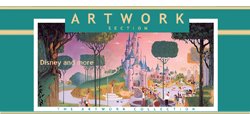
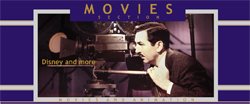
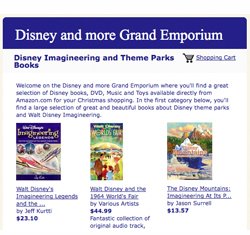


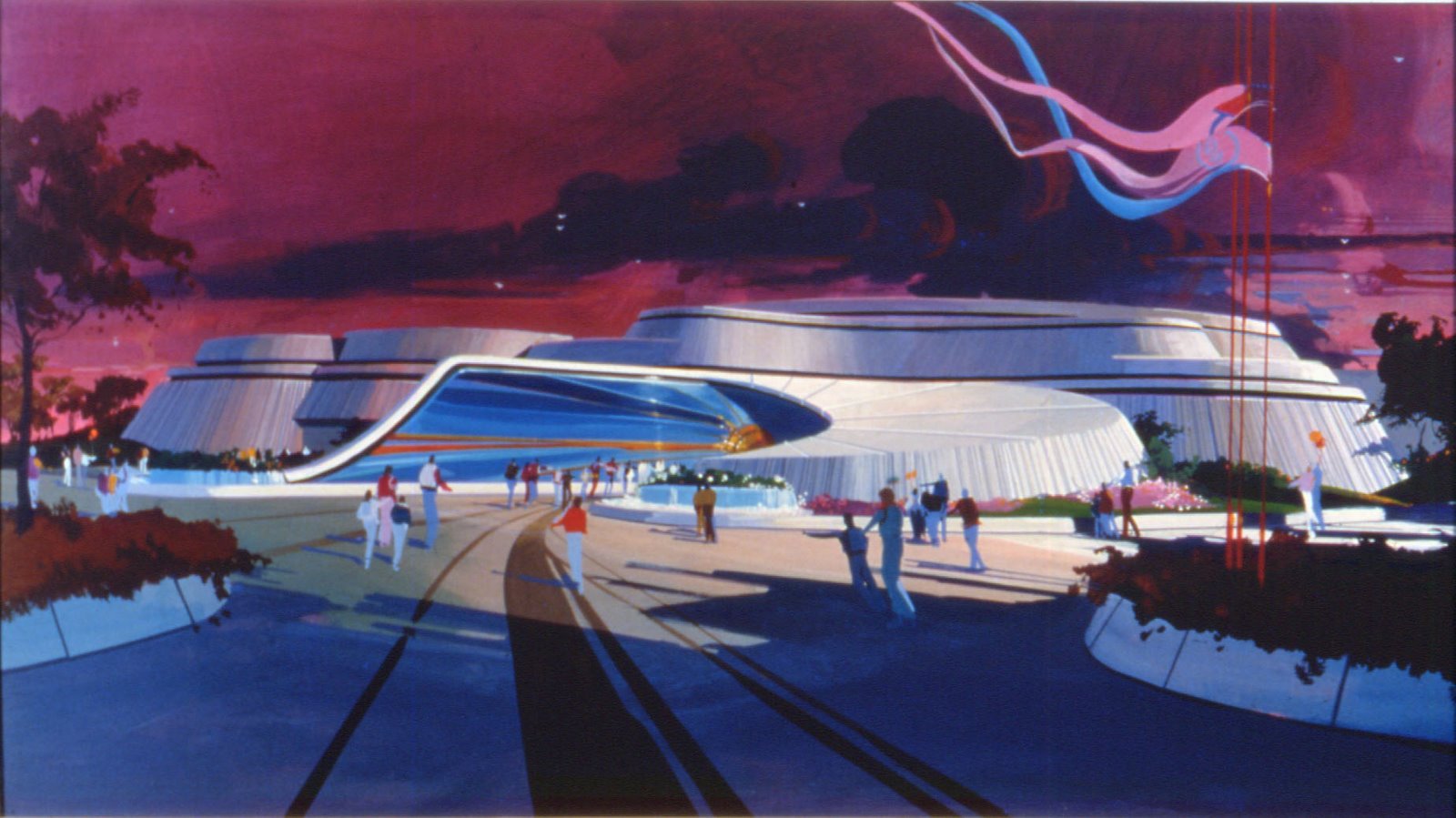







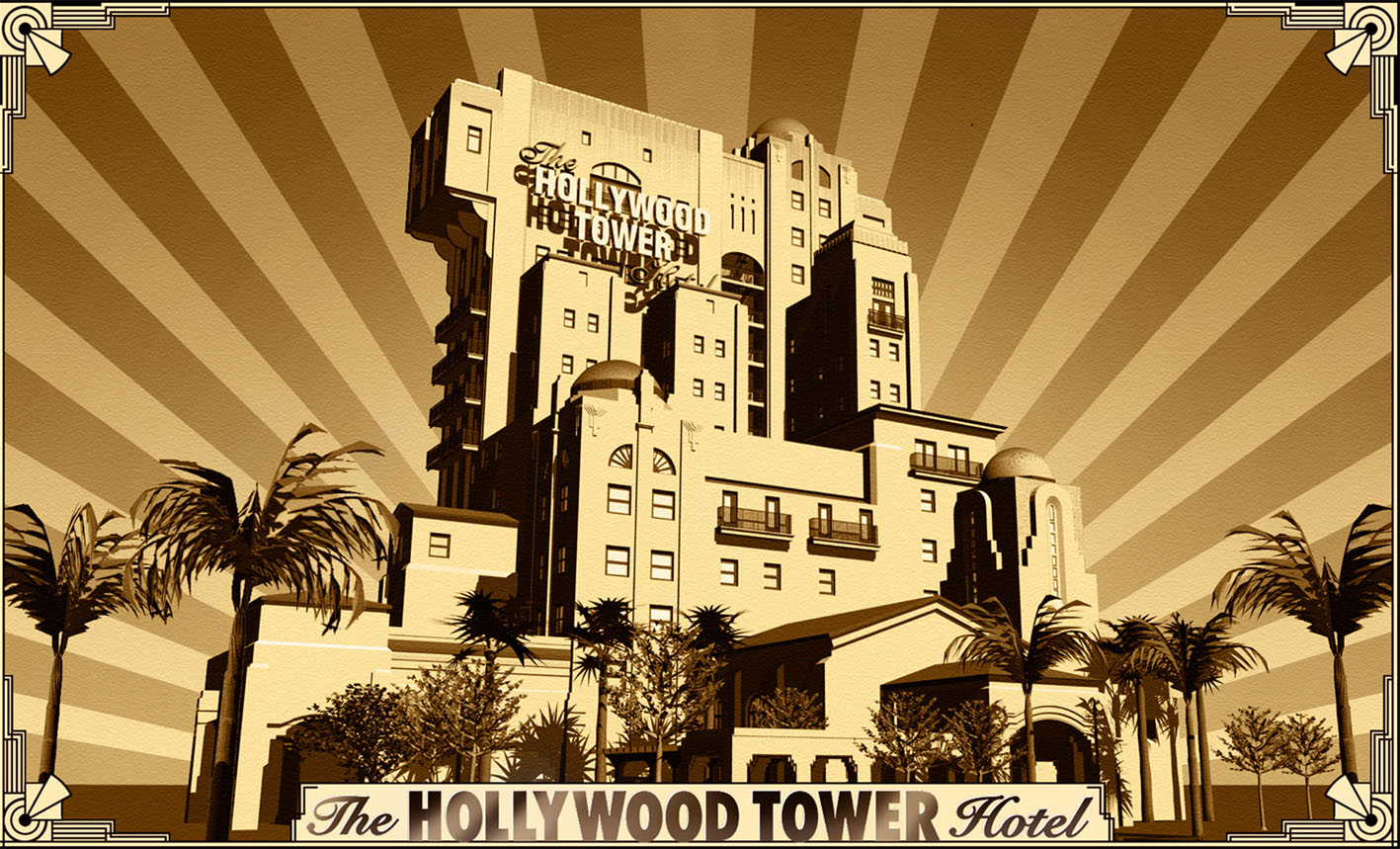


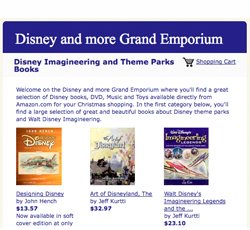
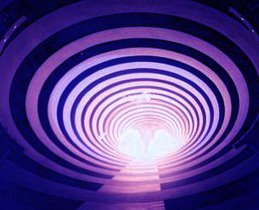
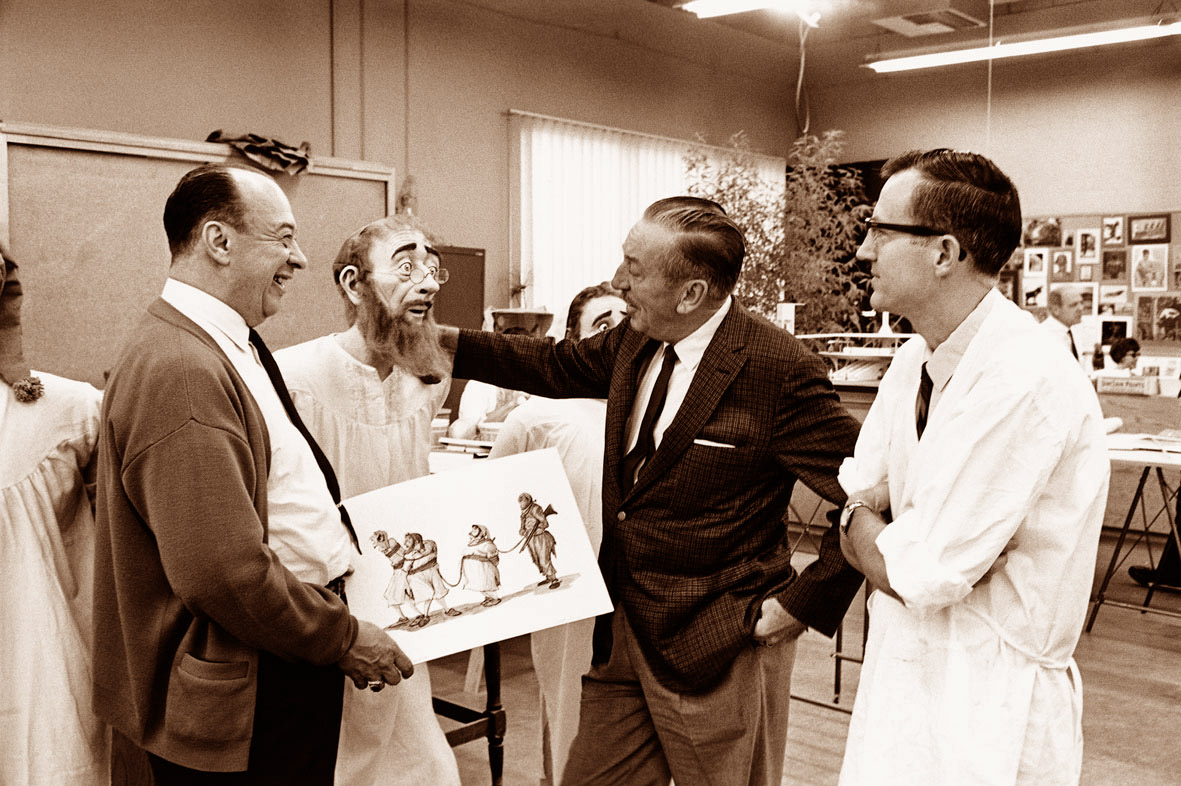
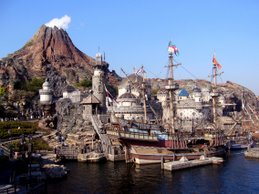

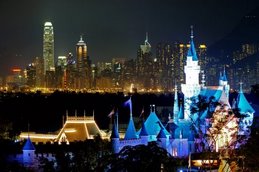

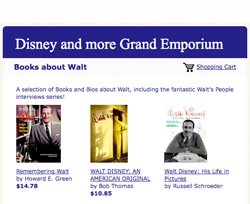


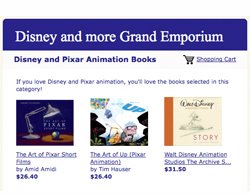






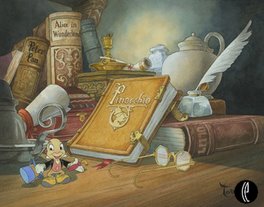
10 comments:
Good lord, I never knew this. Well done, Alain...
Incredible!~
Mark
www.InsightsandSounds.blogspot.com
WOW! You hit another jackpot, Alain!
Alain, what the s.s stands for?
(you must understand why I have some negetive associations with the two little letters...)
I believe S.S. stands for Sailing Ship.
That's right, I think "S.S" means sailing ship. In english, they always do that, specially with big ships, that's why you have also the "S.S Columbia" at Tokyo Disney Sea, etc...
Relax, Gilad, it has nothing to do with WW2 and the Nazi empire...
S.S. stands for "Steam Ship"
M.S. = Motor ship (fuel oil or diesel powered)
o.k., thanks :)
Amazing! thank you so much for that amazing article! Great find!
:)
I did not like this project.
I must say tough that it seems incredible to put a theme park in a ship, on the other hand for me the architecture and landscaping of Disney theme parks are as important as the attractions themselves, to walk along main street, see the castle, the gardens, the different land types, the details, are all essential for the Disney theme park experience.
Moreover, to fill a tanker shell with lots of Disney attractions would banalize them, as it would feel like a moving attractions park like the many that used to exist in the countryside of my country, and that would take away the “aura” of Disney theme parks.
No need for adventureland type attractions? Isn't Indiana Jones located in adventureland?
Post a Comment